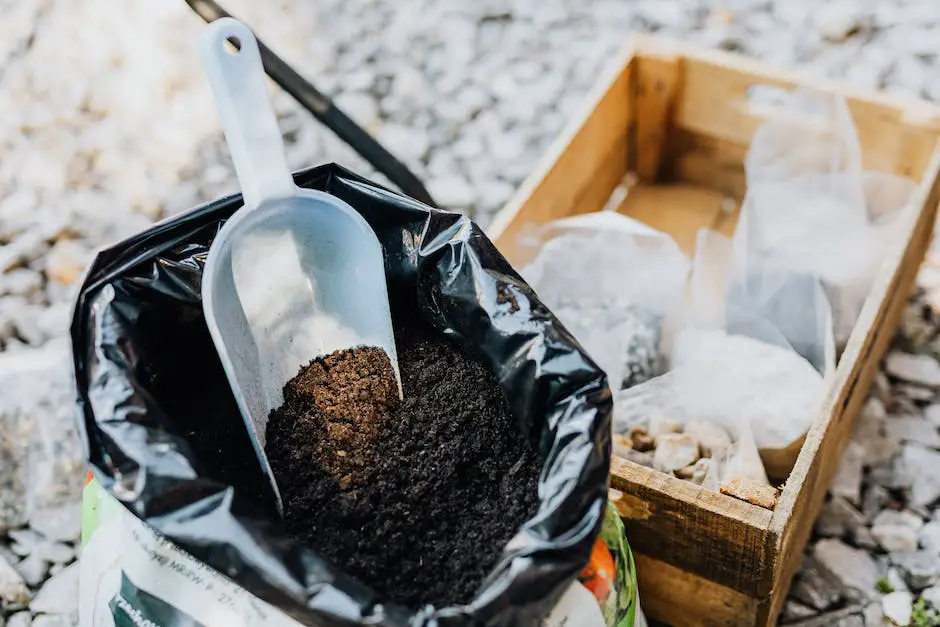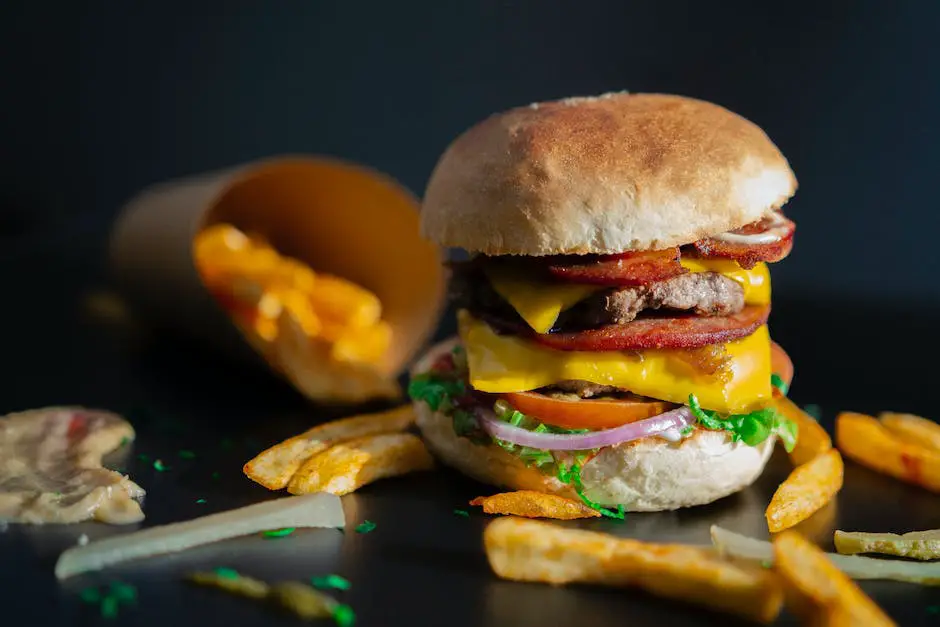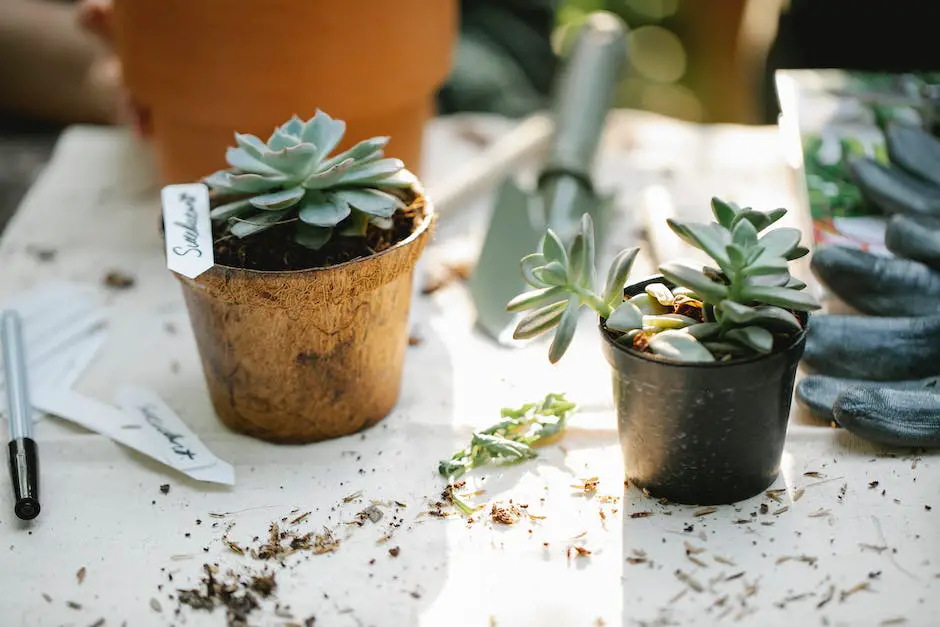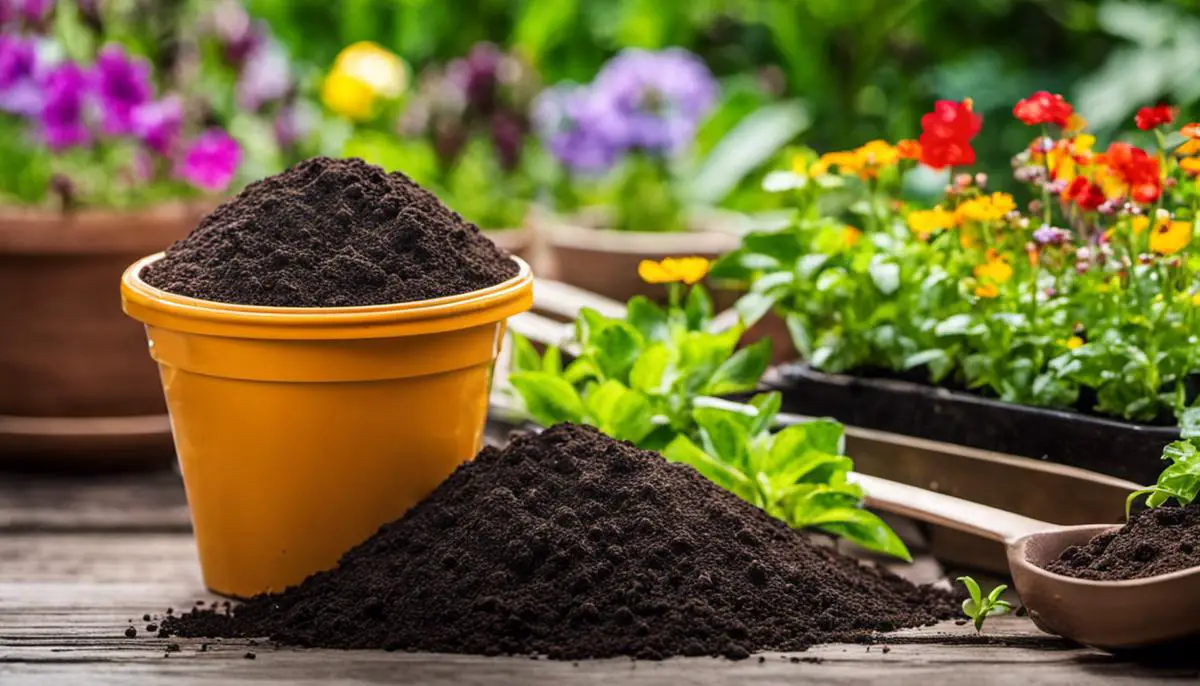The vibrant world of gardening thrives on the foundations of soil, a significant determinant of plant growth and health. Soil forms the natural habitat of plants and varies in its structure, composition, and usage. Whether you are an urban gardener with limited space thriving on container gardening or you have a bountiful backyard garden, understanding the distinction between potting soil and garden soil is of utmost importance. This knowledge not only serves to guide your choice of soil but also profoundly influences the productivity of your gardening exploits. Just as oil is to an engine, so is quality soil to gardening, powering the growth and development of plants.
Understanding Potting Soil
Understanding Potting Soil
Potting soil, often referred to as potting mix, is specially designed for plants grown in containers. This type of soil is typically much lighter than garden soil, which enables better retention of moisture and air. Its lightweight nature allows plant roots to breathe and expand, leading to healthier and stronger growth.
Reader Poll: What online courses would interest you?
Many potting soil mixtures are soilless, containing various components like peat moss, compost, perlite, or vermiculite. Peat moss and compost provide nutrients to the plants whereas perlite and vermiculite are included to improve soil structure – enhancing its capacity to retain water and facilitating better airflow to the roots.
The nutrient values in potting soil are more controllable than in garden soil. Soil-specific nutrients can be supplemented and measured according to the needs of individual plant types. This precise nutrient control is particularly beneficial for container-grown plants, as they rely solely on their pot’s contents for their nutritional needs.
The Role of Garden Soil
On the other hand, garden soil is the natural soil that fills your garden beds. Its composition varies widely based on geographic region and natural biological activity, and it typically contains a mix of sand, silt, clay, and organic materials. Unlike potting soil, garden soil is denser. It’s also less capable of retaining water and air in contrast to potting soil due to its compaction and density.
Subscribe to our newsletter!
Garden soil, whilst being rich in nutrients, may require soil amending for optimal plant growth. The addition of organic matter like compost or manure can improve soil texture, adding necessary nutrients, and enhancing water retention capabilities.
Choosing High-Quality Potting Soil
When deciding on potting soil, aim for a high-quality mix. Quality potting soil should be lightweight, well-aerated, and capable of retaining moisture, but also allowing excess water to drain adequately. There should be a balance of main ingredients like peat, bark, or coir for organic matter and perlite or vermiciculite for proper aeration and drainage. The mix should also contain a form of slow-release fertilizer to feed your plants over time.
When and How to Use Potting Soil
Use potting soil when growing plants in containers, hanging baskets or pots. To begin, make sure the container has adequate drainage. Place a layer of potting soil at the bottom of the container, position the plant, and then gently add more potting soil, pressing lightly around the plant stems. Ensure the soil level is below the rim of the container for easier watering. It’s crucial not to replace garden soil with potting soil as they’re crafted for different applications. Remember, garden soil is for outdoors and potting soil for container plants.
Exploring the Fundamentals: Potting Soil VS Garden Soil
Both potting soil and garden soil play an essential role within the gardening realm, however, their specific components and usage differs significantly. Potting soil, tailored for cultivation in pots, flaunts a light texture and optimal structure facilitating the growth of container plants. Conversely, garden soil, with a denser texture, is meant for in-ground plant growth. Your individual gardening needs will largely dictate the choice between these two options.

Exploring Garden Soil
Diving Deeper: Composition and Advantages of Garden Soil
Predominantly, garden soil amalgamates topsoil, a variety of organic materials, and mineral particles, such as sand, silt, and clay. A myriad of microbial life occupying this soil contributes to its fertility and supports plant growth. This intricate ecosystem involves microbes, fungi, insects, and earthworms which collectively enhance the natural nutrient cycling. This organic material within garden soil is derived from decomposed plant and animal matter, offering a substantial nutrient supply to plants once it’s broken down.
With a balanced combination of these constituents, garden soil attains a loamy texture – deemed ideal for plant growth. Loam signifies a balanced presence of clay particles, enabling strong water retention and nutrient supply, sand particles for optimal drainage, and silt, known for retaining an ample amount of nutrients and water.
The Ideal pH and Texture for Garden Soil
The pH level and texture of the garden soil are essential factors that affect plant growth. Most garden plants thrive in slightly acidic to neutral pH ranges, typically between pH 6.0 and pH 7.0, although some plants can tolerate slight variations. A pH test can be helpful in identifying the acidity or alkalinity of the soil, and if necessary, lime or sulfur can be used to adjust the soil pH.
Improving the Quality of Garden Soil
Garden soil quality can be improved by adding compost, manure, leaf mold, or green manure crops. These organic materials add nutrients and increase the soil’s ability to retain water. Mulching, crop rotation, and cover cropping can also greatly enhance the overall soil health. Moreover, avoiding compaction, which prevents water infiltration and root extension, is crucial.
Understanding the Difference: Garden Soil vs. Potting Soil
Potting soil and garden soil play similar roles in supporting plant growth, but they’re designed for different environments and have distinct compositions. To start with, potting soil is specifically crafted for container plants. It’s a lighter mixture, excelling at retaining moisture and key nutrients, and often incorporates a blend of peat moss, composted bark, sand, perlite, and occasionally slow-release fertilizers.
Garden soil, by contrast, is meant to enhance and amend outdoor garden beds. It’s denser than potting soil, which makes it ill-suited for potted plants as it can compress over time, potentially stifling root growth.
To ensure an optimal growing environment for your plants, use garden soil for in-ground planting and potting soil for container-based growth. Mixing both soil-types could result in issues such as over- or under-watering, lack of aeration, disease, or nutrient imbalance, potentially hindering your plants’ progress.

Contrasting Potting Soil and Garden Soil
Specific Uses: Comparing Potting Soil and Garden Soil
Potting soil is specifically tailored to meet the needs of container plants, providing optimum root growth, moisture retention, and drainage in a restricted space. It’s the perfect choice for indoor plants, plants in hanging baskets, or outdoor plants in pots.
Garden soil, however, is a blend of high-quality topsoil and organic matter like compost or manure, specifically developed for outdoor garden beds. It provides a nutrient-rich base for plants going directly into the ground and is best suited to flower beds, vegetable gardens, and landscape planting.
Soil Structure and Texture
Potting soil is typically lighter and airier than garden soil, as it is enriched with lightweight amendments like perlite or vermiculite. This structure ensures that roots have ample room to expand and can easily access water and nutrients.
Conversely, garden soil is denser and heavier due to its significant mineral content. Its structure is designed to integrate with native soil and provide a stable support system for plantings.
Nutritional Content
Commercial potting soils are often fertilized with a controlled-release fertilizer that provides nutrients over several months. Moreover, some potting soils are enhanced with beneficial microorganisms or special ingredients for specific plant types.
Garden soil has a high percentage of organic matter that enriches the soils with nutrients, improving the existing soil fertility. However, the nutritional content in garden soil could vary depending on its source and it might require additional fertilizers or amendments to satisfy the nutritional needs of particular plants.
Cost and Sustainability
Generally, potting soil is more expensive than garden soil because it is formulated with special ingredients. Potting soil must be replaced more frequently than garden soil, further adding to the cost.
Garden soil is a more cost-effective option for large-scale plantings. Also, the nature of garden soil promotes sustainability as it leads to the improvement of soil structure over time with the addition of organic matter.
Limitations of Garden Soil in Containers
While it might seem economical to fill containers with garden soil, this approach often leads to disappointing results. Garden soil becomes compact and loses its good drainage and aeration when placed in containers. This can harm the plant’s roots and cause a deficiency in nutrients that are essential for a plant’s growth.
Choosing the Right Soil
Thus, understanding the fundamental differences between potting soil and garden soil can substantially influence your success in various gardening applications. The choice between these two types of soil primarily depends on the type of plants and their growing circumstances.
Care should be taken when buying these soils to ensure they contain the necessary nutrients needed for the plants to thrive. It is also crucial to consider the long-term requirements of the plants, like the need for pot change or soil supplements, before making a decision.

Understanding the differences between potting soil and garden soil can significantly enhance your gardening experience and success. Potting soil, with its light structure and capabilities to accurately control nutrient levels, offers an excellent choice for container gardening, whereas garden soil with its balanced blend of mineral particles, organic matter, water, and a thriving ecosystem of beneficial microorganisms is the lifeblood of outdoor gardening. Therefore, discerning and optimizing the use of these two types of soil is paramount for both container and traditional gardening. A clear comprehension of their composition, advantages, uses, and cost can make all the difference in harvesting your desired gardening results.

